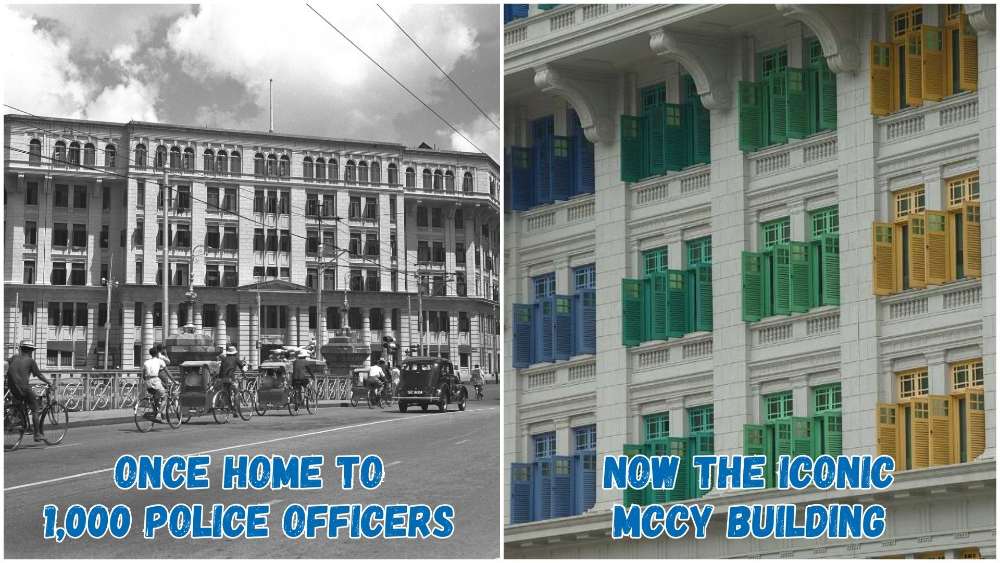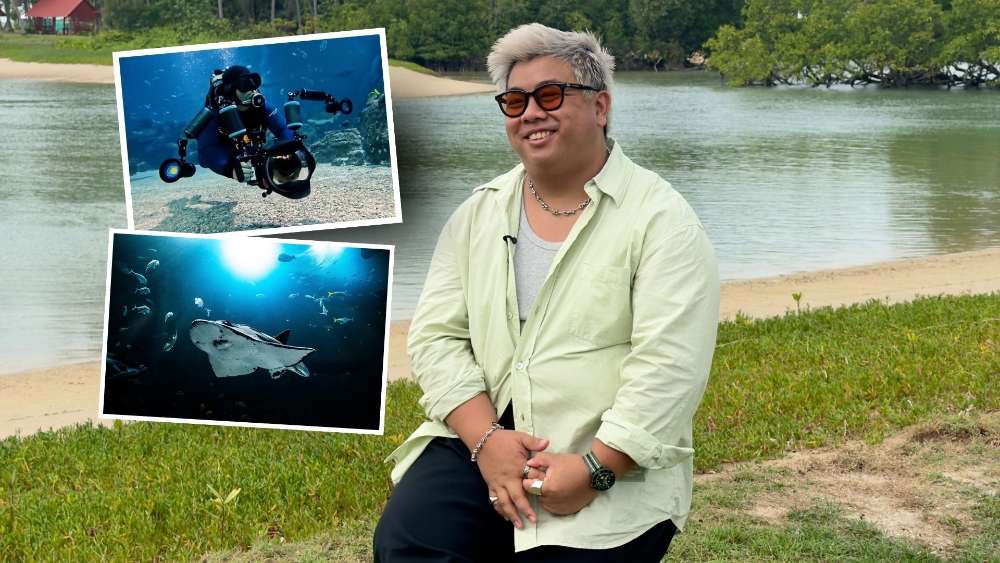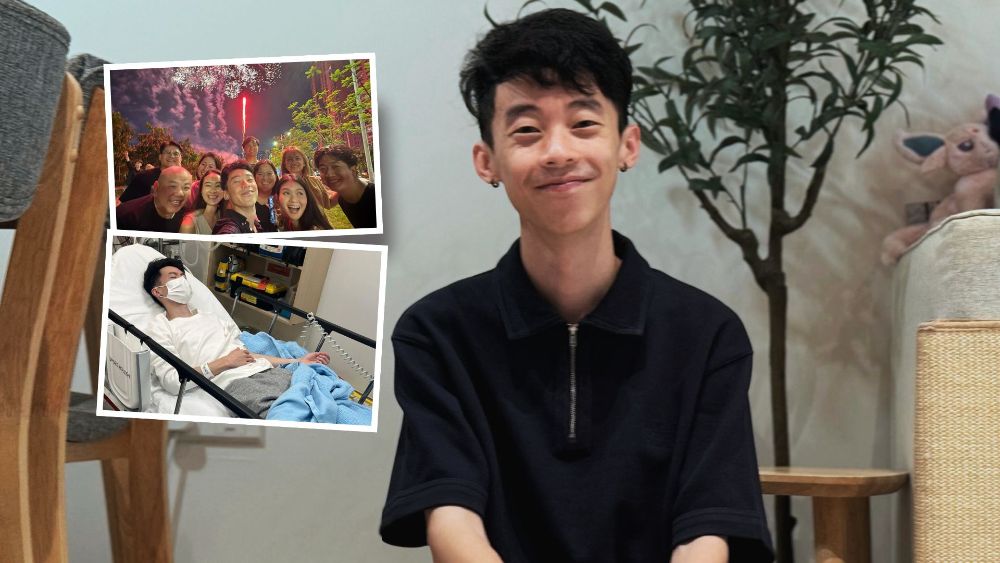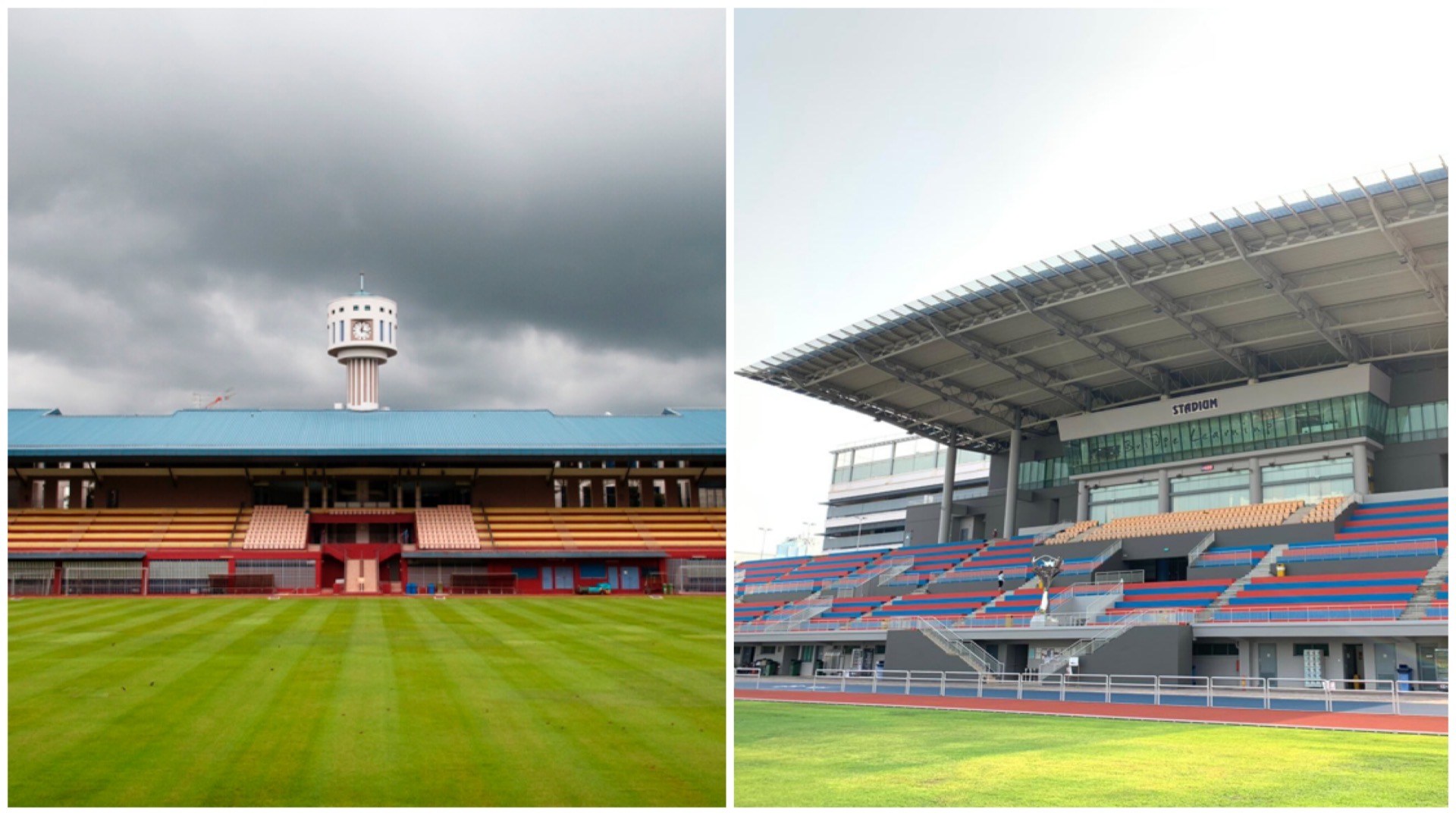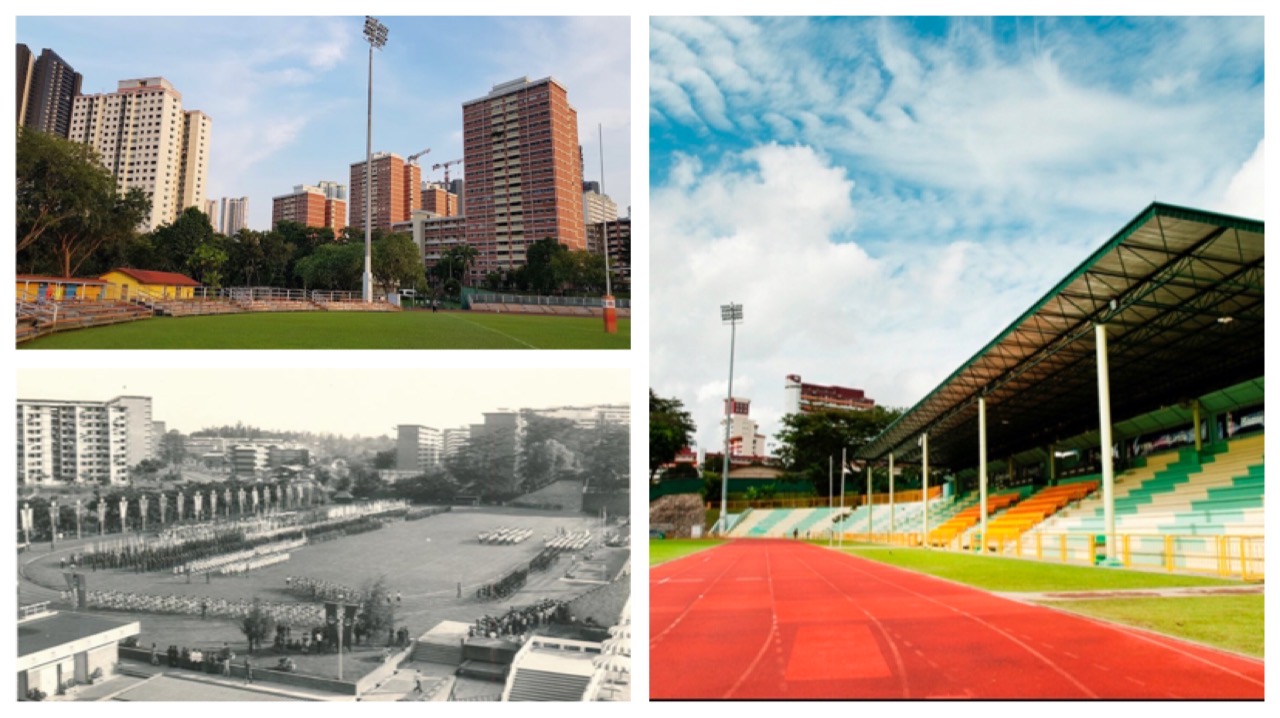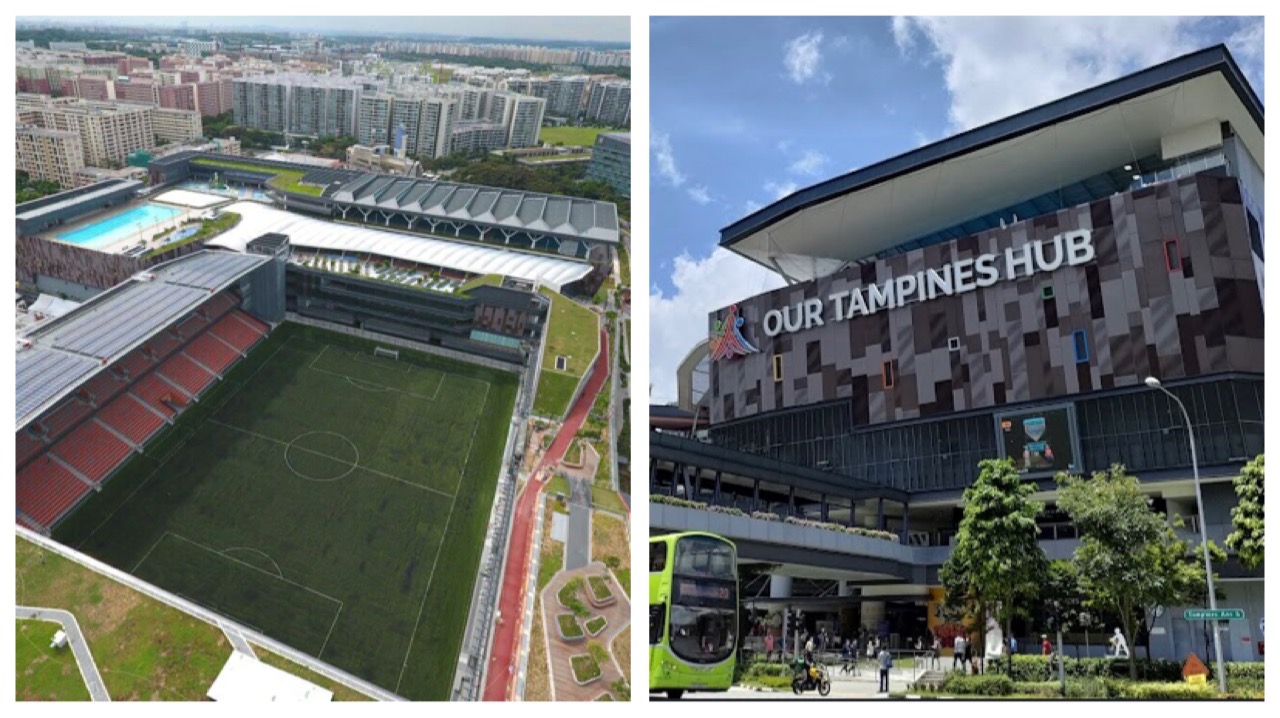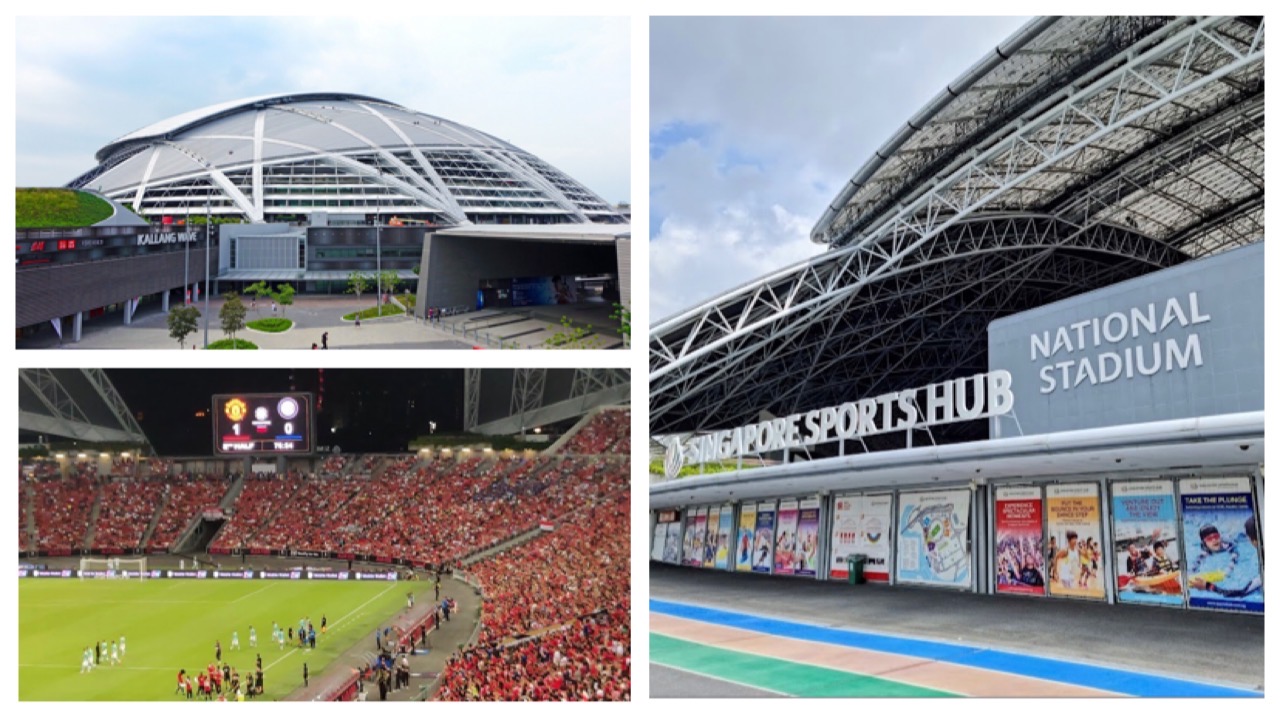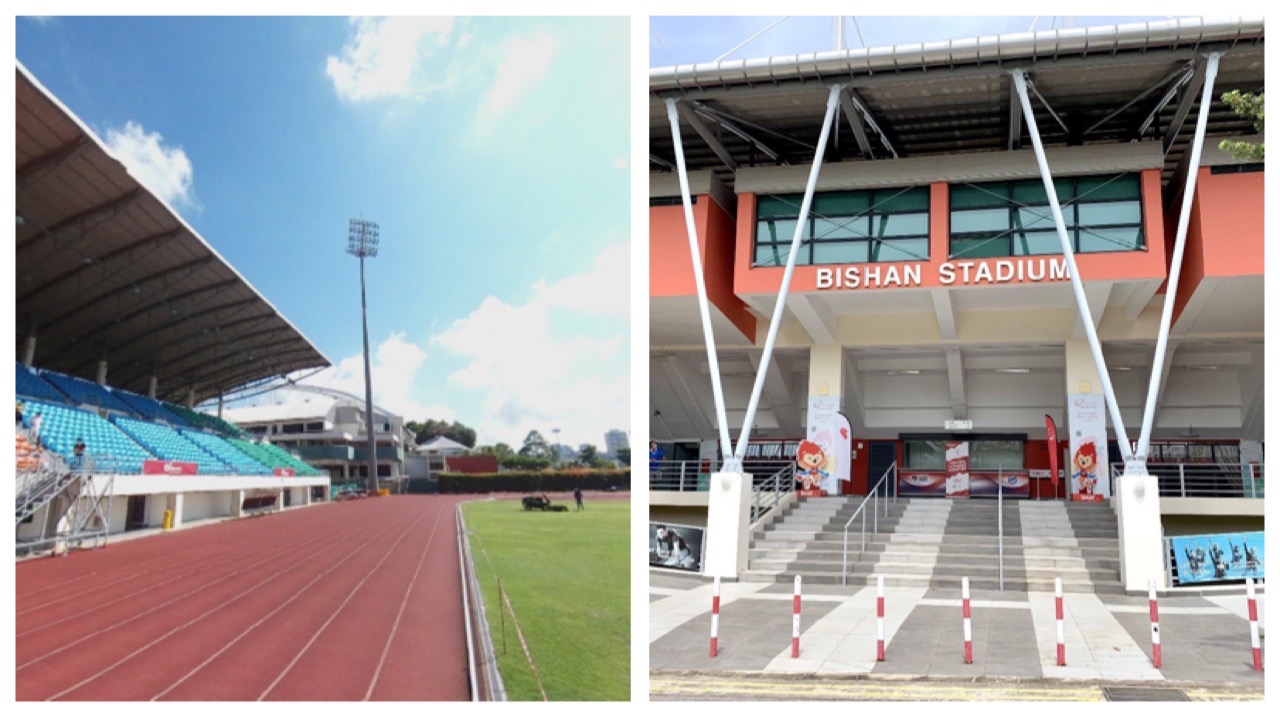Stadium Stories: Two Modern Grounds At Opposite Ends Of Jurong
Jurong sure loves its stadiums. Well, if you count Chinese Gardens and Pioneer as part of Jurong (West siders, help us out here), then it has built the most number of public sport stadiums in Singapore - three, to be precise.
The original Jurong Stadium located at 10 Fourth Chin Bee Road opened its doors to residents in the 1970s before it was demolished prior to the pandemic in early 2020. It has since been supplanted by two newer stadiums on opposite ends of the neighbourhood.
In this week's edition of Stadium Stories, we take a closer look at Jurong East Stadium (located at 21 Jurong East Street 31) and Jurong West Stadium (at 20 Jurong West Street 93).
Jurong East Stadium
Jurong East Stadium's biggest claim to fame is that it is one of only three stadiums in Singapore without - get this - a running track. Since opening in 1988, its primary goal is to serve as a football venue.
Located right next to Chinese Garden MRT station, the 2,700-seater stadium is designed in such a way that the stands are right beside the pitch so that spectators can get up close to the action - talk about getting your money's worth!
As the first one-stop integrated centre of its kind in the country, the ground is also part of the overall Jurong East Sports Centre, which features a sports hall and fitness gym in the vicinity. Throughout its history, the stadium has been used for community events, sporting tournaments and as a place for residents to exercise.
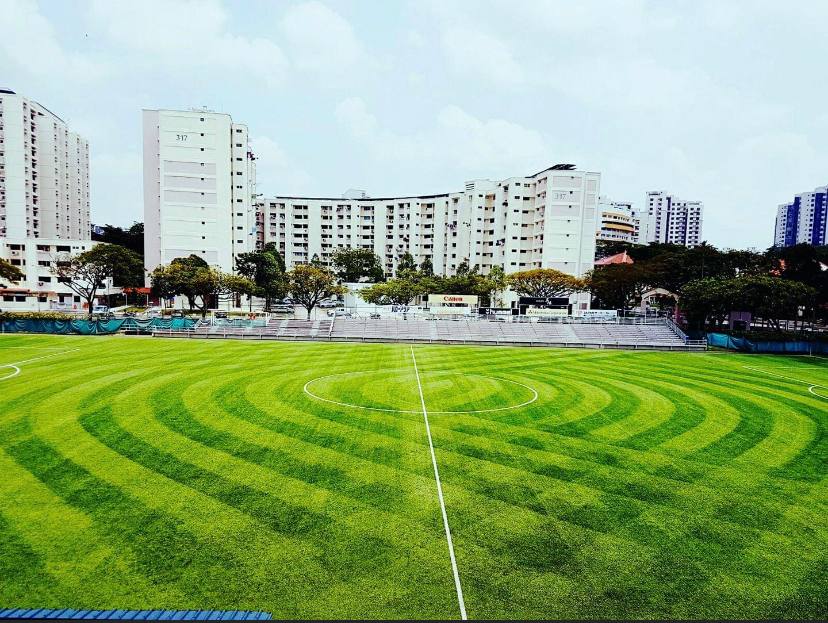
If you're a local-football fan, you can watch Singapore Premier League clubs Tanjong Pagar United and Albirex Niigata Singapore FC play their home games here.
Don't be surprised to see a huge contingent of Japanese expatriates coming to the matches. That's because Albirex is a Japanese club and the only foreign outfit currently plying their trade in the league.
Jurong West Stadium
On the other side of town is Jurong West Stadium. Built in 2006, it's the newest kid on the block. It also happens to be part of the largest integrated sports centre in Singapore, with a swimming complex and sports hall located right beside it.
The multi-purpose venue has a seating capacity of 4,200 and is just a stone's throw away from Pioneer MRT. For jogging enthusiasts, yes, there are running tracks here.
Another cool selling point: the dedicated space for in-line skating as well.
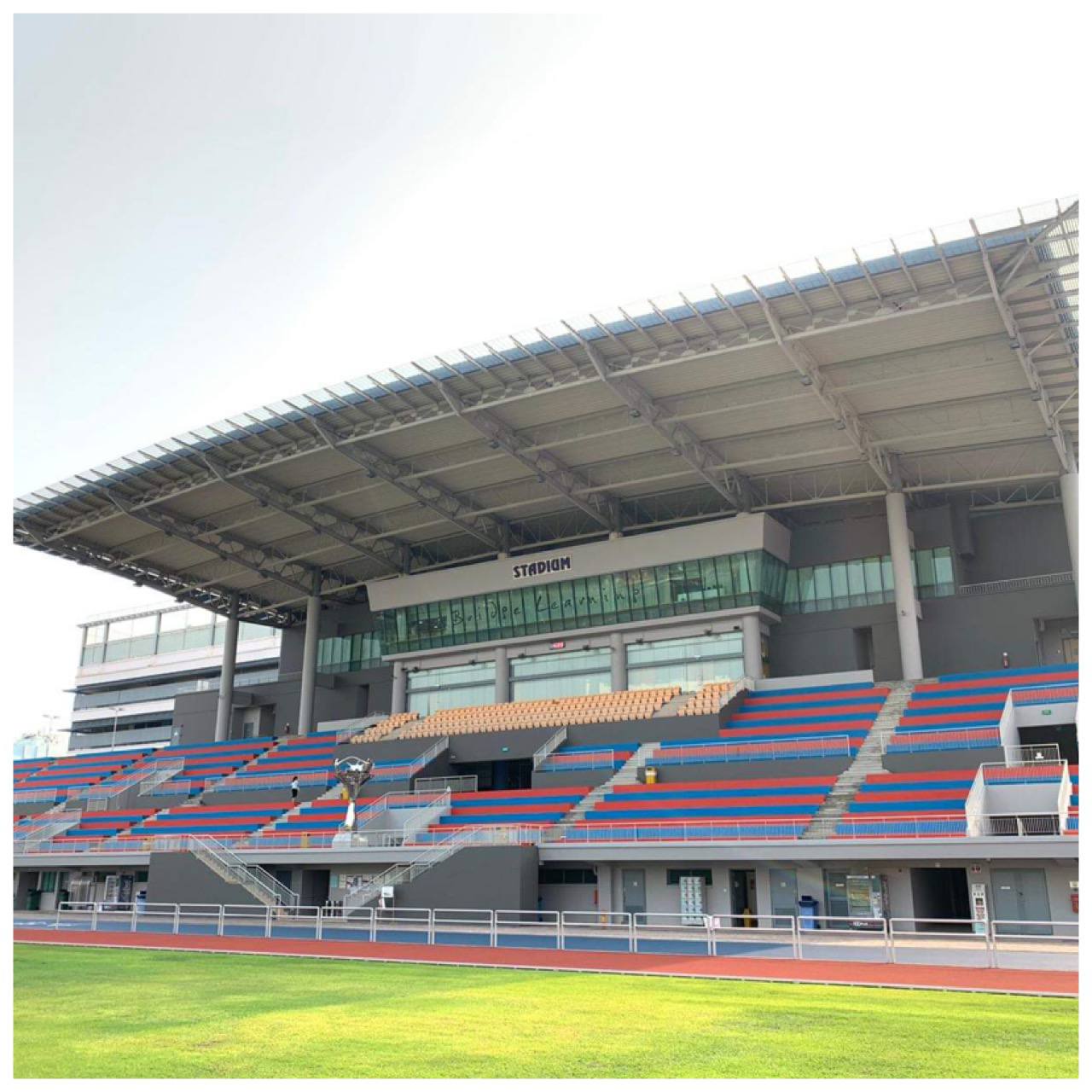
Currently, there is no professional football club that calls the stadium home. However, when the stadium was opened, it was the main ground of now-defunct club Gombak United.
In the 2010s, it also had the rather peculiar distinction of being the temporary venue for east-side club Tampines Rovers' home matches. This was due to the fact that Our Tampines Hub was being built during this period. Shout-out to all the diehard supporters who made the journey west to support the Stags.
G'BYE, JURONG STADIUM \ud83d\udc4b Jurong Stadium, the former home of both SAFFC and Sinchi FC in the past is in the process of...
Posted by BoLASEPaKO.com on Wednesday, 11 March 2020
History
It would be remiss not to mention the history of the OG Jurong Stadium which opened to the public in 1973. As the government started rapidly developing Jurong Town in the late 60s and early 70s, there was a growing demand to create more sports and recreational amenities for the new residents. Thus, the 8,000-seater stadium was born.
The original Jurong Stadium played host to a number of decentralised National Day Parades in the early years of its existence. A number of SAF ceremonies and parades also took place at the stadium, such as the Infantry Officers’ commissioning parades and colour presentation ceremonies for the Singapore Guards. But its main draw were the matches that took place during the heyday of Singapore football.
The Singapore Armed Forces Football Club played their home games here for over 25 years before permanently moving to Choa Chu Kang Stadium in 2001. In 2003, China’s Sinchi Football Club, comprising young Chinese nationals, briefly joined the S-Leagues and made Jurong Stadium its home ground as well.
Perhaps the wackiest period in the stadium's history was between 1977 and 1984, when a number of private driving schools set up shop in the large car park outside. Just picture this scenario: temporary tents, umbrellas and tables under the trees acting as registration booths for would-be driving students. Eventually, these car park “offices” would cease their operations.
Once the modern Jurong East Stadium and Jurong West Stadium came into existence, the OG ground became underutilised and eventually bade farewell to the community in 2020 when the half-century-old stadium was torn down.
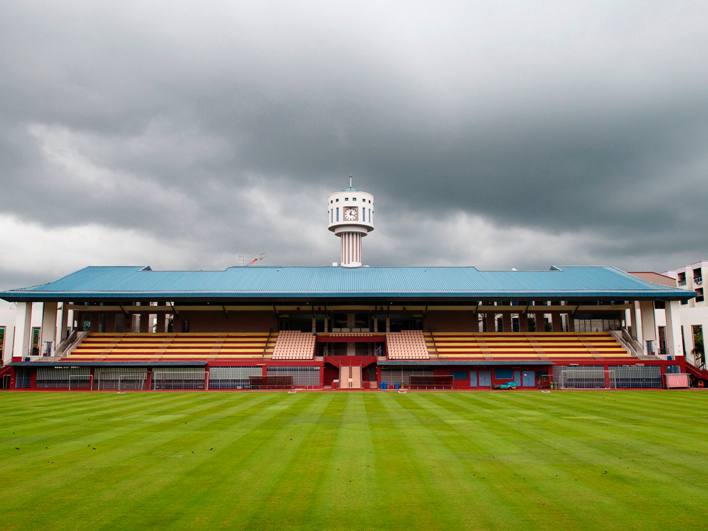
Timeline of stadiums in Jurong
1973: Original Jurong Stadium is completed
1975-2000: Jurong Stadium becomes the homeground of Singapore Armed Forces FC
1977, 1981, 1983: Jurong Stadium selected as one of the decentralised venues to host National Day Parade contingents
1988: Jurong East Stadium opens
2003-2005: Chinese football club Sinchi FC play their home games at the old Jurong Stadium
2004: Japanese SPL club Albirex Niigata moves in to Jurong East Stadium
10 Nov 2006: Jurong West Stadium opens to public
2006-2012: Gombak United FC play their home games at Jurong West Stadium
2015-2017: Tampines Rovers temporarily play their home games at Jurong West Stadium while Our Tampines Hub is being built
2020: Original Jurong Stadium is demolished
2020: Tanjong Pagar United uses Jurong East Stadium as its homeground together with Albirex Niigata
Looking for things to do in Jurong?
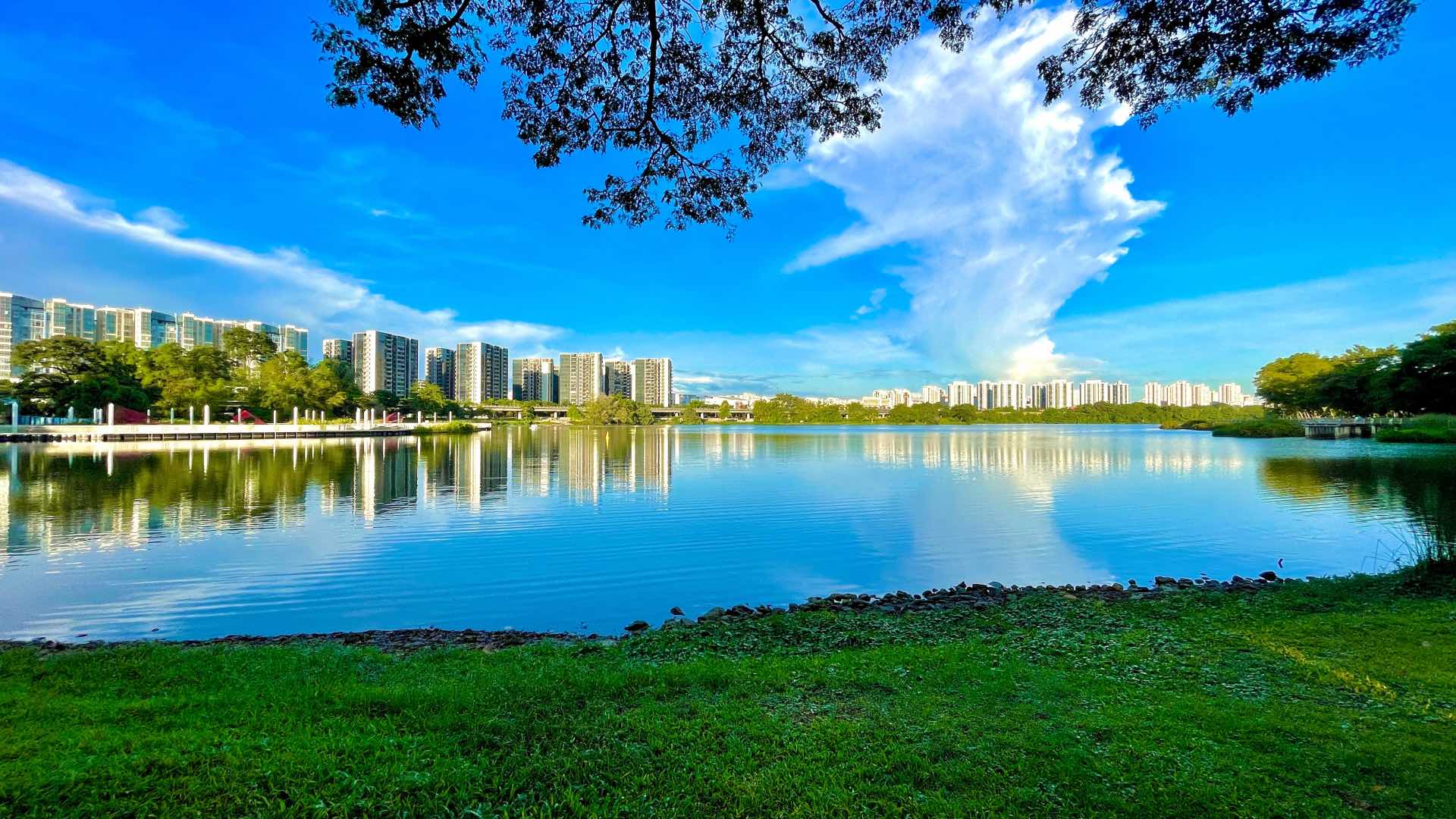
Adventures At Home: Let's Rediscover Jurong
Explore Jurong Lake Gardens, kayak at Pandan Reservoir, check out Jurong Bird Park and Singapore Discovery Centre or take a trek up Jurong Hill. There are so many hidden gems to uncover in this Western neighbourhood.
Want more makan options in Jurong?
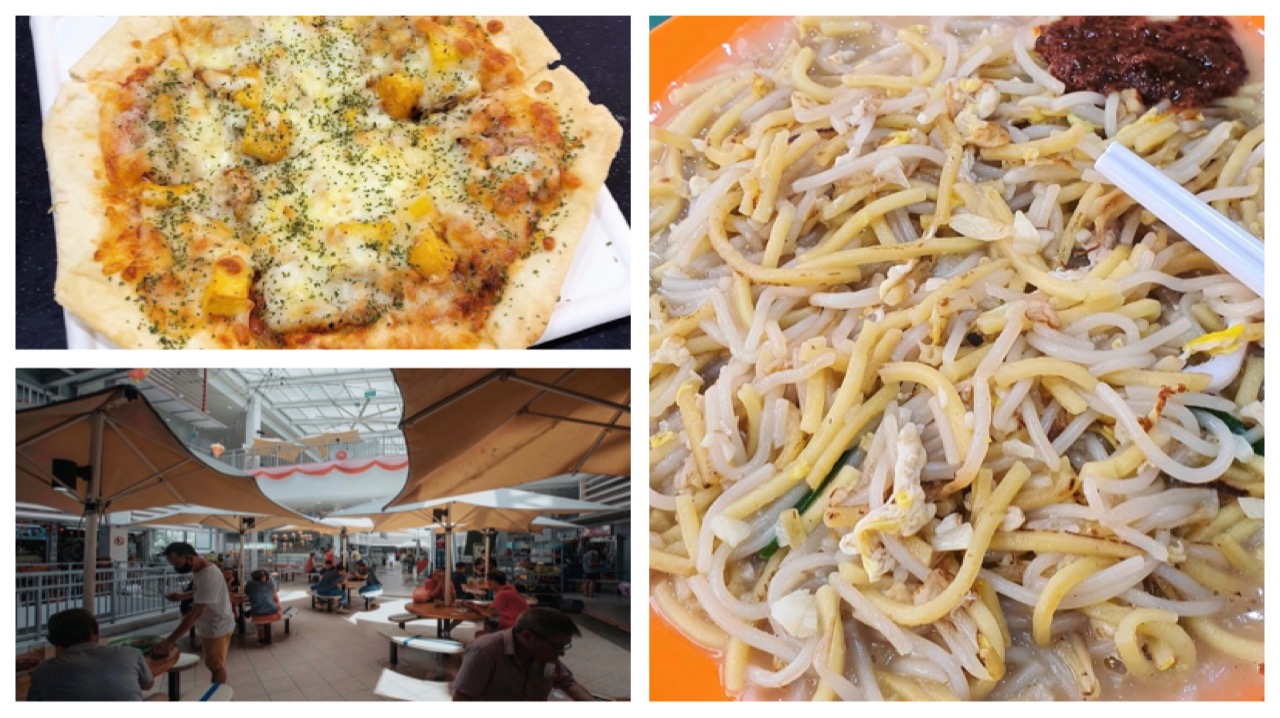
Go There Eat What: Taman Jurong Market & Food Centre
Comprising three smaller hubs - Corporation Drive Market, Corporate Drive Food Centre and Yung Sheng Food Centre, Taman Jurong Market has quickly grown to become a favorite amongst West-siders. Check out our list of favourite stalls.
For the latest updates on Wonderwall.sg, be sure to follow us on TikTok, Telegram, Instagram, and Facebook. If you have a story idea for us, email us at [email protected].

